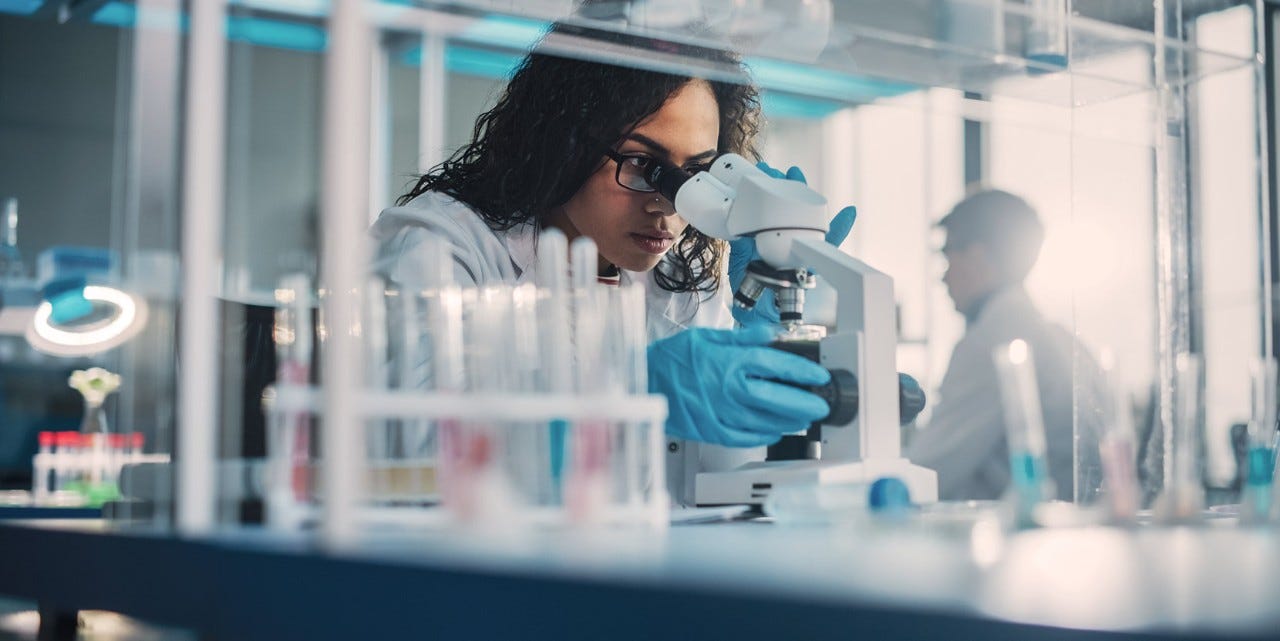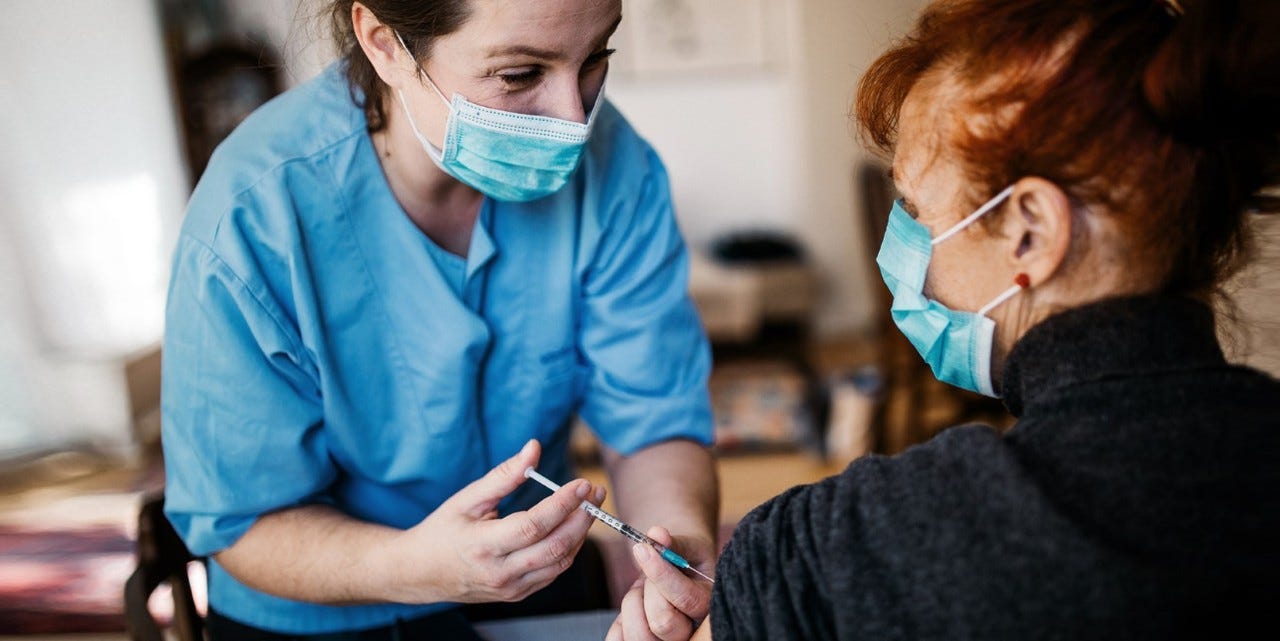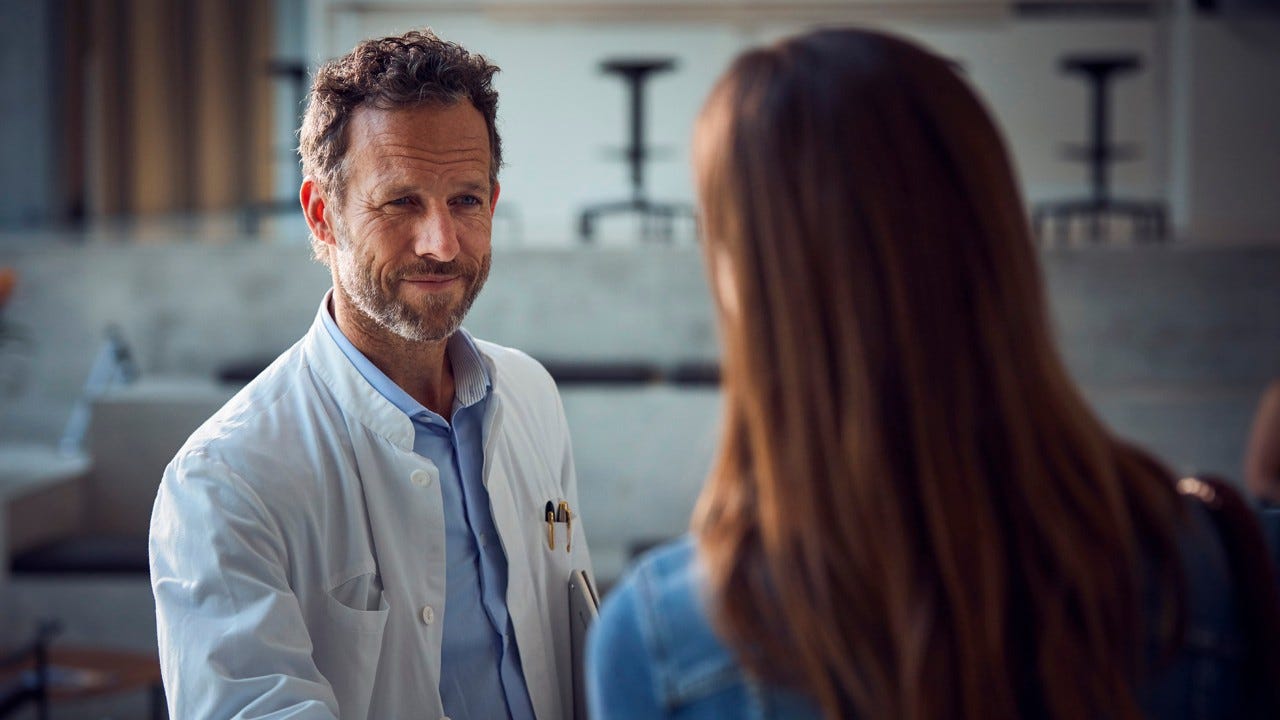Experience meets expertise
Gathering patient knowledge advances research. Patient networks have a special role to play in this context.

For decades, the roles were clear: Patients with no knowledge received treatment from seemingly omniscient doctors. There was an even clearer divide in research circles, with the experiences, requirements and know-how of patients themselves largely being disregarded as a source of information. However, this balance of power started to shift when patients gained access to digital resources and began to network. And the benefits are clear.
Research project thanks to patient involvement
The case of cluster headaches shows what’s possible when patients come together in networks. This kind of headache can trigger such extremely painful episodes that one in four sufferers have even experienced suicidal thoughts during an attack. Therefore, people around the world who suffer from these cluster headaches joined forces to collect data on the attacks.
The information collected by patients showed that magic mushrooms, among other things, helped ease the pain significantly. The results were so convincing that researchers in the USA have now included treatment with magic mushrooms in clinical studies. During a Sanitas event focusing on medicine of the future, researcher Bastian Greshake Tzovaras explained: “When patients and academics join forces and research together, both sides benefit. In future, researchers have to take patients who conduct their own research seriously.”
Dog Lancelot gave hope
The example of people with retinal disease joining forces also illustrates how great the power of a large group can be. Research in this area only really took off thanks to the coming together of patients from the global Retinal Information Network and national associations such as Retina Suisse. Together, the organisations were able to raise funds, talk to scientists as a coordinated group, and ask for support in researching various conditions. “It was about saying ‘Hello, we’re here, too. Help us!’”, says Stephan Hüsler, director of Retina Suisse. In 1984, as a result of their efforts, a gene was identified as a cause of the disease for the first time. Today, more than 300 genes are known that have been shown to cause retinal disease. The story of Lancelot shows the opportunities afforded by this realisation.
More than 20 years ago, a gene therapy helped the blind dog Lancelot see again, giving new hope to many people who’d lost their sight through the same form of retinal dystrophy. “Back then, it was already known that a gene known as RPE65 can lead to early destruction of the retina,” explains Hüsler from Retina Suisse. However, it was only research on the Swedish dog that showed how this disease can be slowed. After years of testing, a variant of the treatment that cured Lancelot was tested on humans in a clinical trial.
The U.S. Food and Drug Administration finally approved this gene therapy in 2017. A year later, it was also approved by the EU regulatory authority and two years ago by Swissmedic. Since the end of last year, the treatment has even been financed by health insurers in Switzerland. In certain cases, a single treatment can help slow the destruction of the retina. And that’s why we need patient organisations, says Hüsler: “Before patient organisations got involved in the research of these diseases, we could only record the destruction of the retina when it had already occurred. Today, thanks to genetic research, we know who will lose their sight and in some cases can even stop it.”
Science isn’t interested in individuals. “However, when an organisation brings together ten thousand sufferers and can represent their interests in discussions with scientists, licensing bodies and insurance companies, it’s quite another matter,” says Hüsler.
Patients must be involved at all levels
Agnes Nienhaus, director of Nationale Koordination Seltene Krankheiten (kosek), believes it is extremely valuable when different perspectives and areas of expertise come together in research. But that is easier said than done. “You first have to locate patients, which is particularly difficult with rare diseases. And the patients have to be willing and able to share their experiences,” explains Nienhaus. In this context, it is all the more important to have patient organisations in place to collect and bundle the know-how of their members and share it constructively with researchers. And it’s also important to consider which form patient involvement should take in research. “Ideally, patients should participate in the formulation of the research goals,” says Nienhaus. This ensures that the researchers focus on the most urgent issues from the patients’ perspective.
However, much still needs to be done in Switzerland to improve patient involvement. partly because the patient organisations are not in a strong enough position. “Patients and patient organisations need more support so that they can take on their important role within research,” says Nienhaus. This includes training programmes for patients to help them reflect on their experiences and enable them to describe these at an abstract level so that the information can be used effectively by the professionals. “This isn’t easy for laypeople,” says Nienhaus. But she remains confident that research is moving in the right direction and that the research community recognises the huge potential offered by patients and their experiences.


